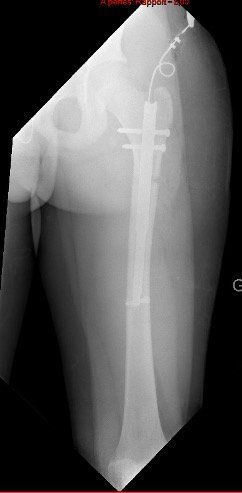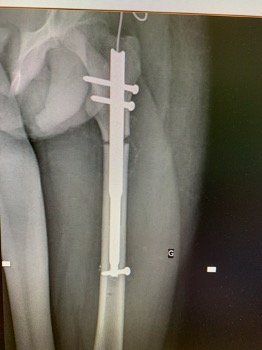Leg Length Discrepancy and Limb Lengthening
There are a number of reasons why children or adults may have legs of different lengths. Often no cause for this difference is found. At other times, the difference in leg lengths may be a result of increased or decreased growth in a leg when the patient is young and has sustained a fracture or infection of bone. Major Infection or trauma may result in limb length differences in adults.
Most leg length discrepancies are minor and do not need any surgery, with treatment using a shoe insert. Larger leg length discrepancies can lead to difficulties walking, and in these cases surgical treatment may be required. Surgery can involve either slowing down the growth of the longer leg (in children and adolescents only), or lengthening the shorter leg (in children, adolescents and adults).
Wherever patient age and anatomy allow, lengthening of a shorter leg is usually done with a magnetic rod placed surgically inside the bone to be lengthened. If deformity or the anatomy of the bone does not allow a magnetic lengthening rod/nail to be used, an external fixator may be considered to achieve the same result.
Surgery for limb lengthening is a long treatment process- this decision is usually reached after a thorough discussion between patients, parents (for children and adolescents), your orthopaedic surgeon, and your rehabilitation team (physician, physiotherapist). Each person’s circumstances are different and an individualised treatment plan will be formulated between you and your surgeon to allow you to achieve your treatment goals.
Note: SOASIS surgeons do not perform lengthening of both legs to increase overall height.




